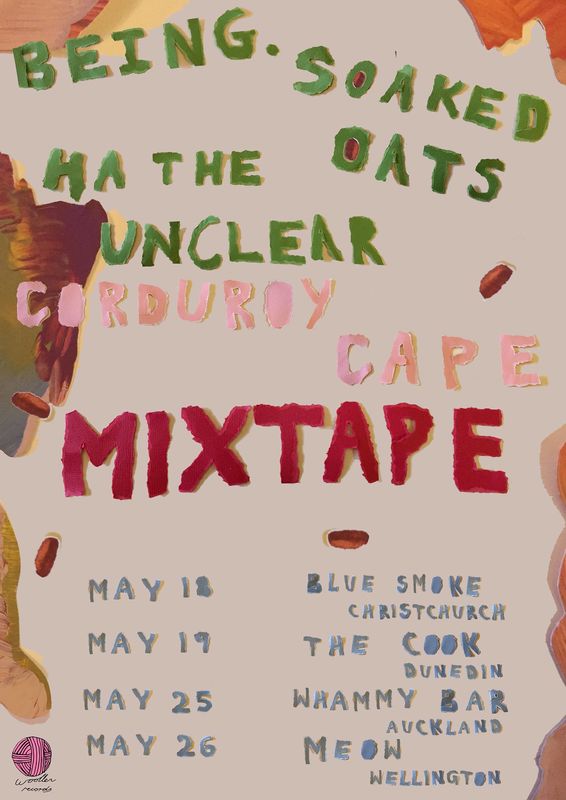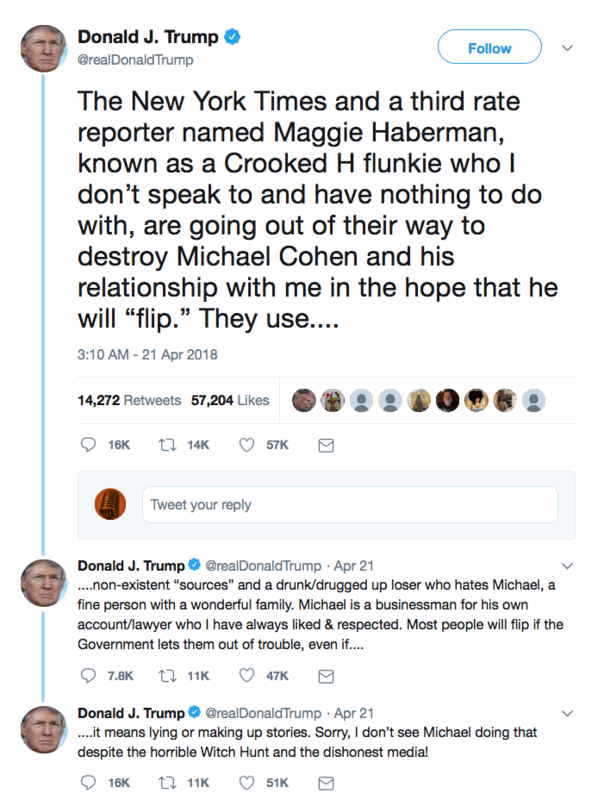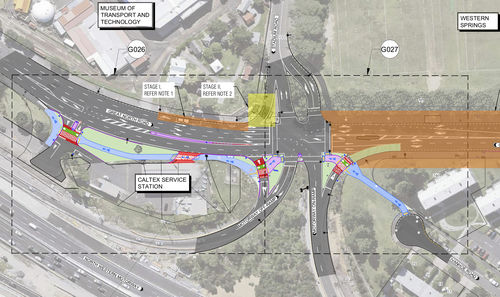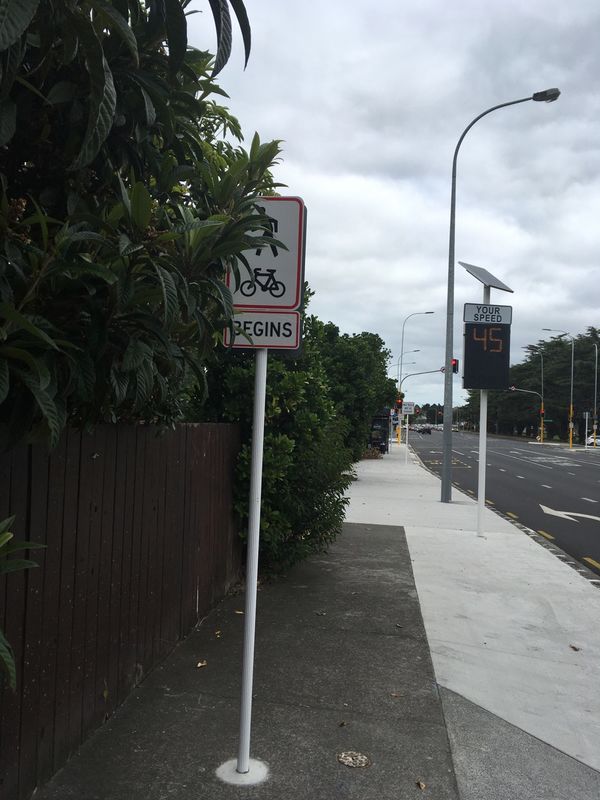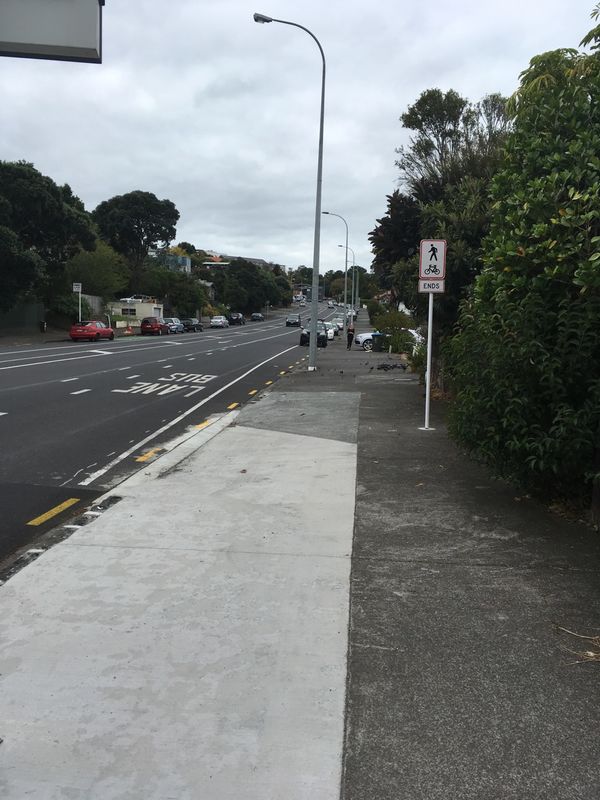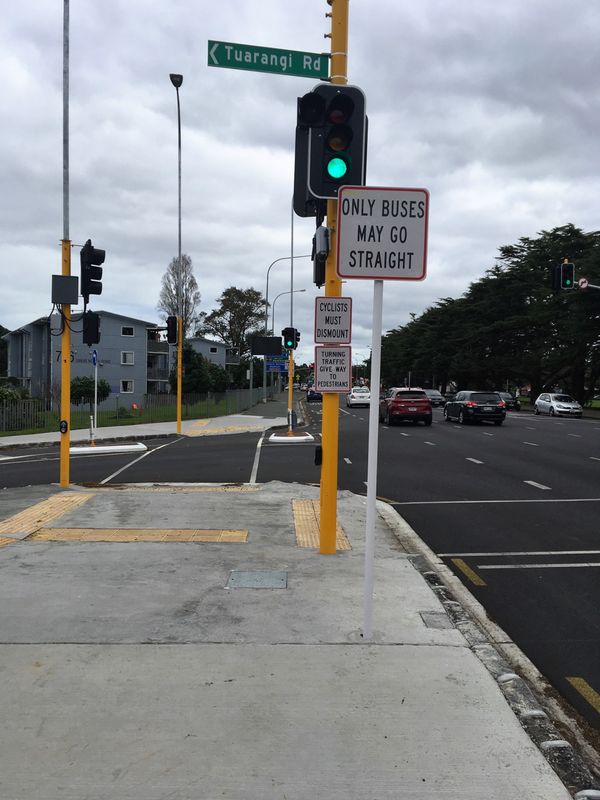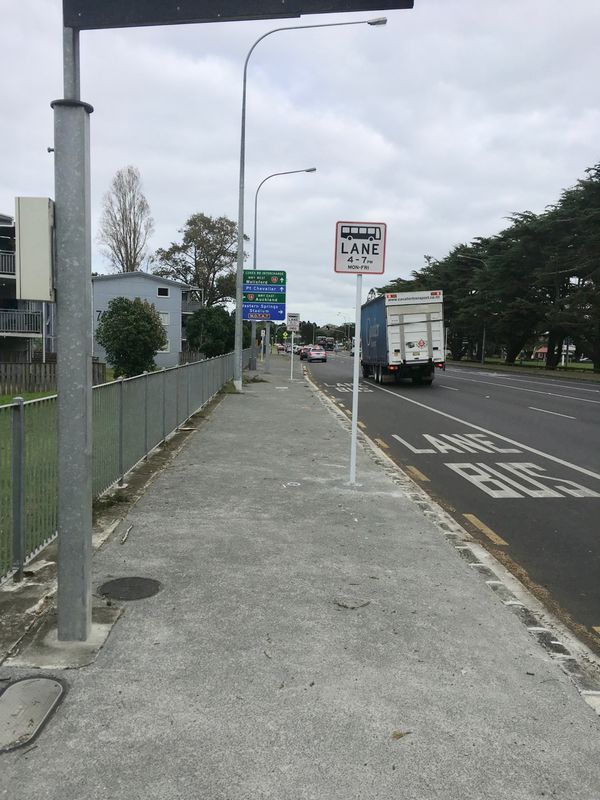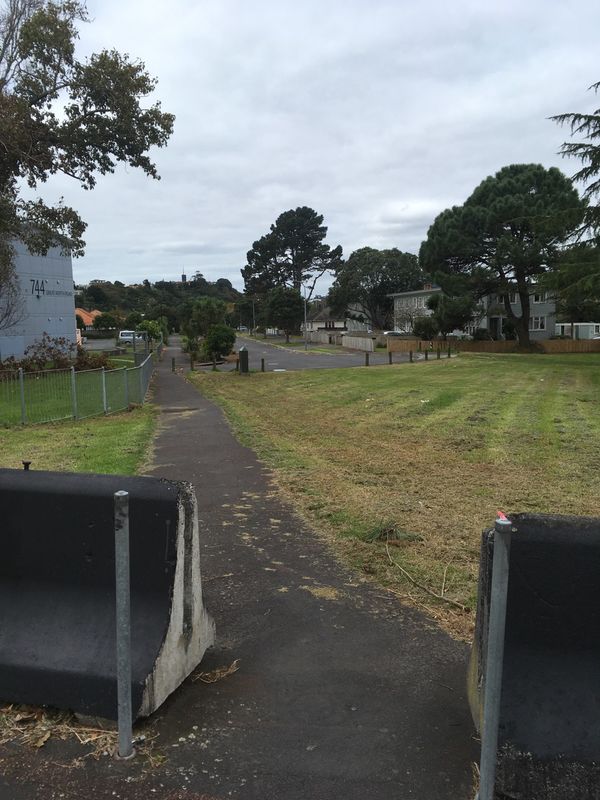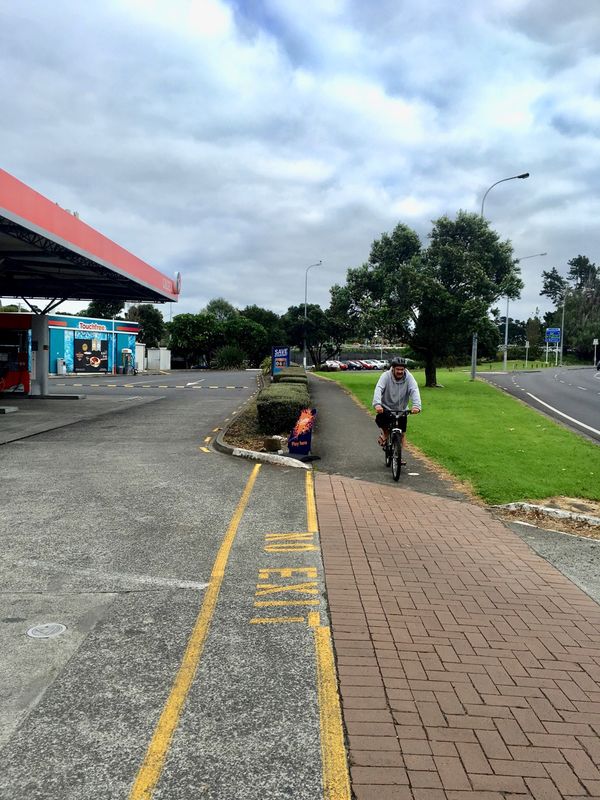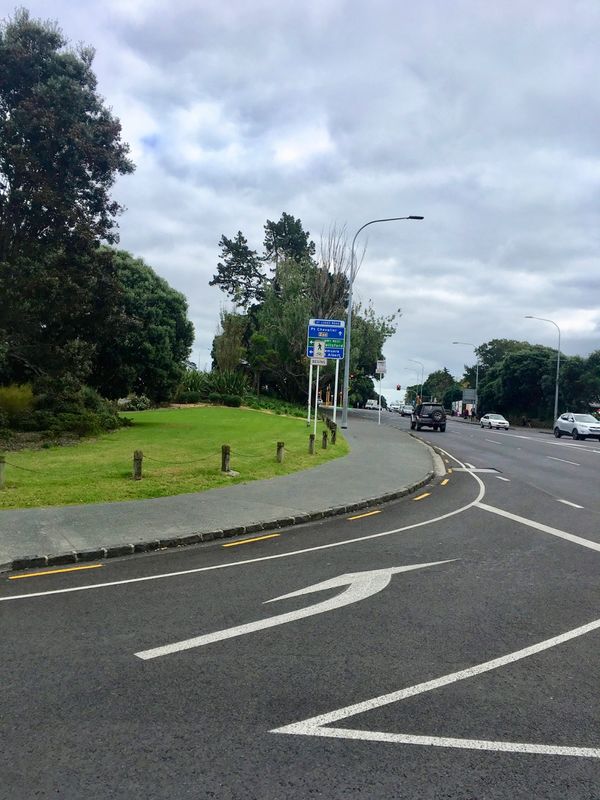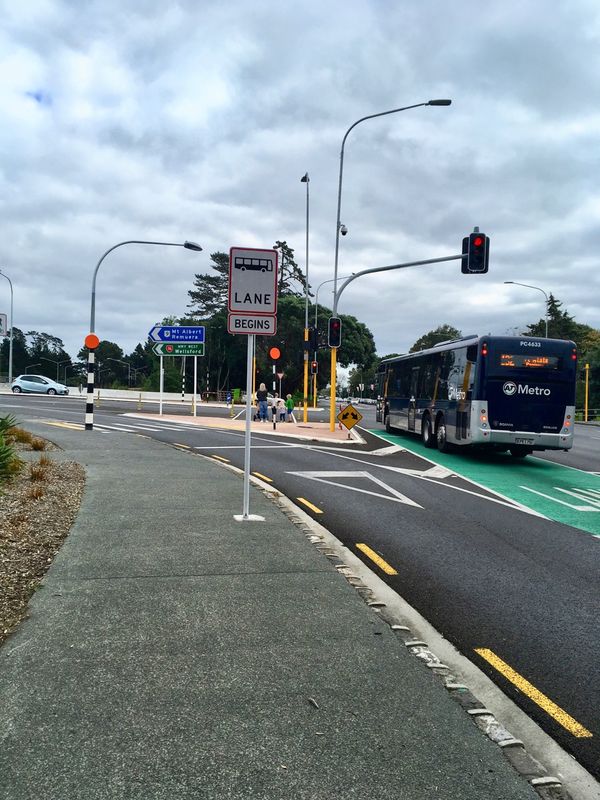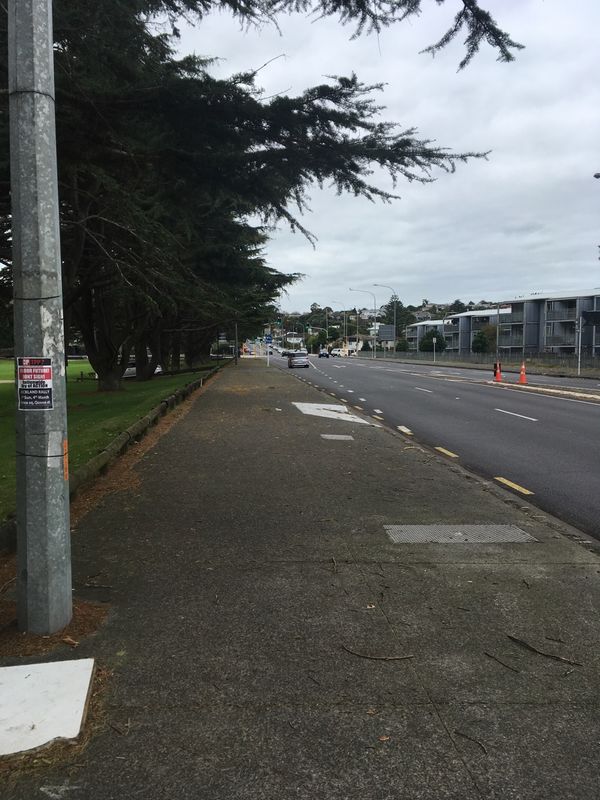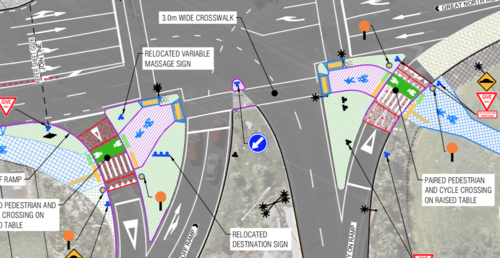I travelled to Wellington yesterday to give my oral submission on the Misuse of Drugs (Medicinal Cannabis) Amendment Bill. It was an encouraging experience.
The Health select committee had split in two to accommodate the volume of submissions and our half was chaired by Louisa Wall, with National's Nicky Wagner and Labour list MP Anahila Kanongata'a-Suisuiki. They were a good-natured group and, I thought, quite patient with submitters, some of whom were clearly unused to such a setting. I was very impressed by the submission of Mark Crotty, who suffers from Crohn's disease. He explained how self-medicating with cannabis changed his life, and somehow managed to make everyone smile.
Then it was my turn. We only had five minutes each to say our piece and the idea is not to just repeat what you've written. So I skipped to the conclusions at the end and talked about those.
I explained that yes, I was asking them to regulate cannabis differently to other potential medicines, in part because we already regulate cannabis very differently: the Misuse of Drugs Act regulations make cannabis harder to prescribe not only than conventional pharmaceutical medicines, but than controlled drugs such as morphine and cocaine. But also because the system of clinical product trials is designed to bring novel medicines to market – whereas cannabis is already being used, ostensibly, for medical purposes and even being privately endorsed by doctors. I talked about why evidential research has been scarce, and the barriers to such research in the US.
"I have no quarrel with the pharmacist," I explained, but the assessment of harms and risks should be different in this case.
I also noted that the committee has a problem with Section 12 of the Misuse of Drugs Act, which describes the offence of allowing a premises or vehicle to be used for the commission of an offence against the Act. The government's amendment bill creates a statutory defence for people who can show they are terminally ill, but does not protect hospitals or hospices (or, for that matter, anyone else around the patient). I appear to have been the first to point this out and the MPs seemed grateful to have it drawn to their attention.
Just as a final note, anyone who reads this blog won't have much trouble working out who my departed friend is. If anyone in the media is interested by the submission below, please contact me rather than the family. They have seen and approved the text, but it's my gig, so talk to me first please.
–––––––––––––––––––––––––––––––––––––––
I am a journalist and one of my specialist areas is drug policy. In the course of my work, I have interviewed users, suppliers, doctors, police officers, researchers, activists and government ministers. But the story I want to tell you is a personal one.
My old friend died this year. He had survived three years since he was diagnosed with a kind of brain tumour called glioma multiforme – far longer than he was supposed to – but complications associated with his illness were eventually too much for his system and his health deteriorated rapidly in the weeks before his death.
Shortly before he was moved to a hospice, I had a conversation with his wife, another old friend, about medical cannabis. My friend had, with the approval of his oncologist, used a cannabis oil preparation (acquired as a gift) for some time while he battled his disease: a couple of drops rubbed into his gums before bed each night.
I can't tell you that that prolonged his life. But there is a body of pre-clinical evidence that a balanced preparation of THC and CBD can, alongside conventional treatment, help shrink tumours in glioma cases. His tumours shrank to the point where he was at one point declared cancer-free.
Our concern now was not with the cancer itself, but with his comfort and well-being through his final days. I agreed to try and source a product for him and, through the kindness of strangers, was able to source a good-quality medical oil.
The morning after I got it, his wife called me in a panic. My friend had had another seizure and doctors at the hospice warned that it was the nature of a glioma in the part of the brain where he had it that these seizures would only become more frequent. She was now under pressure to have him sedated – unconscious – until he died. This would not only be traumatic for her, it would prevent him seeing his community of friends, many of whom were only just learning that it was time to say goodbye.
I joined her as quickly as I could. When I arrived, it seemed as if the seizure had shattered my friend. His jaw was rigid and his eyes were dull. I gave his wife the oil and she rubbed a little into his belly button and his gums. Over the next hour, his apparent wellbeing improved markedly. When I excused myself to pop out for a few minutes, he turned his head, looked me in the eyes and gave me a big, goofy grin. The grin I'd been wondering if I'd ever see again.
Something else happened – or, rather, didn't happen. He didn't have any more seizures. Again, I can't tell you that was because of the medical oil. But he didn't have any more seizures. The doctors remarked on it over the next few days, expressing surprise.
We couldn't tell them. The hospice – in a way that suggested they'd been through this before – had told my friend's wife he could not have any cannabis product. I suspect what they meant was that they could not know about it.
This is important to understand. The government's bill creates a statutory defence for terminally patients. But it still criminalises everyone around those patients. In knowing that my friend was being given a cannabis preparation on its premises, the hospice would have been committing a serious offence under Section 12 of the Misuse of Drugs Act. I'm aware of some hospitals which knowingly breach that section for some patients. They shouldn't be put in that position.
I too was committing a criminal offence. I was supplying a controlled drug. The "green fairy" who produced it and gave it to me was in greater peril – others like him are before the courts now, on the charges that commercial drug dealers face. If you don't believe that we should be considered criminals, there is only one course open to you – amend the bill before you so that it works.
In truth, I would have done the same thing even if I knew that punishment was a certainty. But not being able to tell the doctors bothered me greatly. Even if the risk of contraindication with other treatments was low, we should have been able to tell them.
Had he survived to see this bill become law, my friend might have been able to have a doctor confirm in writing that he was dying and secured his defence. But that would have been in conflict with everything he was doing in the three years he was ill – which was, simply put, doing his level best not to die.
This modest protection for the terminally ill is undoubtedly welcome. But as it stands in the text of the bill it is but a nicety and a political convenience. Denying mere comfort to a dying person is hard to defend ethically, especially when the drinks trolley rattles through the corridors of every hospice every afternoon. But ostensibly offering that comfort while criminalising everything around it is little better.
In short, this bill does not and cannot fulfil its purpose as it stands.
My much-missed friend and his family are not the only people affected by the law. My work has brought me into contact with both people who are dying, including the late Helen Kelly, and people who are living with difficult and debilitatingly painful conditions. I spoke to one woman who had been cycled through a range of possible treatments for her complex regional pain syndrome – including epilepsy drugs which made her suicidal – and was able to dispense with them all in favour of modest use of cannabis. Her doctor approved.
It's hard not to dwell on the fact that legitimate cannabis products are much harder to prescribe than far more dangerous controlled drugs like morphine, fentanyl, cocaine and ketamine. Or that people who want cannabis for neuropathic pain are readily offered instead the likes of pregabalin, which in some territories (Northern Ireland being one) is associated with the most devastating abuse and addiction. If it were to be judged by the standards by which cannabis is judged, it would never be prescribed.
When people have told me they've gained relief through cannabis products – both in respect of their pain and being spared the unpleasant effects of their prescribed pain medications – I have tended to believe them. Not least because I couldn't see how anyone would put themselves through such ignomy and legal risk for no reason. This bill does very little for them.
I am aware of the limited research behind cannabis as a medicine. I'm also aware of the reasons for that – which are principally down to the hostile legal and regulatory environment in the US, which not only makes research difficult but outright forbids researching using modern strains that express specific characteristics of the plant. Final product trials present an even greater hurdle. But the absence of Phase 3 trials is not the same as the absence of efficacy.
I have also spoken to doctors who are wary of becoming "drug dealers". I understand that position, and the view that if something is to be called a medicine, there must be some warranty of its contents. But this is a broken market. There is only one approved pharmaceutical-grade product available to prescribe, in only one ratio, and it's extremely expensive. A handful of other products require specific case-by-case approval from the ministry and are nearly as expensive, largely because of the complexity of importing them.
I am pleased to see that this bill will remove cannabidiol (CBD) as a controlled drug. In light of the World Heath Organisation's statement on CBD last year, noting that it has little or no abuse potential and is a potential treatment for epilepsy, Alzheimer's, cancer and Parkinson's Disease, this is a decent, rational and compassionate action.
And yet, possession or cultivation of even cannabis strains which are high in CBD and contain negligible quantities of THC remains an offence in New Zealand. The prohibition applies to the whole plant, including the roots, which contain no cannabinoids, but do contain terpenes with potential anti-inflammatory properties. It is a complex plant and I note the New Zealand Medical Association's recent position statement acknowledging a possible "entourage effect" of whole-plant products. Controlling the plant this way under criminal law seems increasingly untenable.
Taking a narrow and prohibitive approach to this important bill will not change people's behaviour – tens of thousands of New Zealanders will continue to use black-market products for medical purposes. It will not keep those people safe – indeed, it will protect the business of illicit suppliers who exploit patients by supplying products that are falsely-labelled, inappropriate, ineffective and even dangerous. This bill currently does nothing to restrain those bad actors.
I am confident that the "green fairy" I personally dealt with was not a bad actor, and I was able to discuss with him the strains that had been processed into the oil and the likely cannabinoid ratio of the final product. But neither of us could know for sure. Indeed, my only way of determining that the product was safe and effective was literally to try some myself (in short: it was not recreational). A system which encouraged, or even compelled, such producers to have their products tested for contents would make far more sense than the current free-for-all. That is not possible under current law or under this bill as it stands.
Many of the challenges in regulating medical cannabis would disappear if there was general reform of the law on adult use of cannabis. My preference would be to have self-growing dealt with in that context. But that prospect is subject to a referendum and reform itself is several years away at best. In that light, I believe the committee must examine regulated self-growing for registered patients.
I ask you to consider taking a realistic and compassionate view and do the following:
• Use the regulations that will be attached to this bill to make the gesture towards the terminally ill work in the real world by allowing them to nominate an approved supplier, so they and their loved ones can safely access a safe product.
• Recognise that the terminally ill are not the only New Zealanders to derive benefit from cannabis products and allow others with chronic conditions to register to use these products.
• Provide specific protection for hospitals and hospices from prosecution under Section 12 of the Misuse of Drugs Act.
• Allow a local industry to develop by allowing export of locally-produced products, and by not excluding those with existing convictions from participating in the industry.
• Allow self-growing under regulation.
• Enable research into growing, and clinical trials. The trend in the developing global industry is overwhelmingly towards breeding plants with desired attributes – an area in which New Zealand has a strong track record of IP development.
----
My dear friend died in hospice, after a handful of deeply precious days in which he and his loved ones were able to say their goodbyes. It is my belief that the cannabis product helped him have those precious days, awake and aware. I would unhesitatingly break the law again to give him those days. And I believe it is wrong that I – or anyone else – should have to do that.
